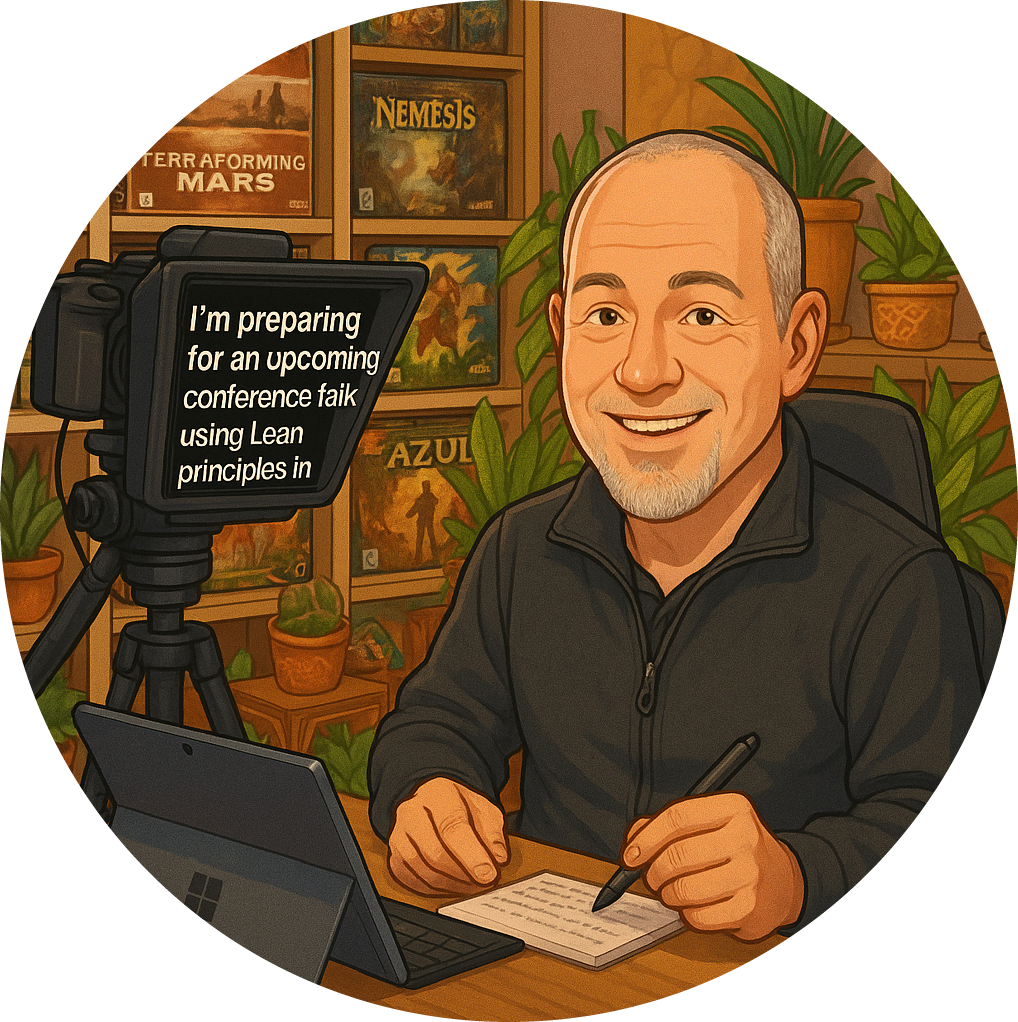In my journey with Caman, I’ve come to realise that one of its core tenets is the relentless pursuit of improvement. It’s not just about making changes for the sake of change; it’s about implementing thoughtful adjustments to our systems and processes to genuinely enhance our outcomes. This is where metrics and visual tools come into play, serving as our guiding lights in the often murky waters of data.
The Power of Metrics and Visualisation
Metrics are more than just numbers; they are the stories behind our workflows. They help us identify patterns, understand our performance, and ultimately increase transparency within our teams. When we can see the data clearly, we can make informed decisions about where to focus our improvement efforts. Here’s how I approach this:
Identify Key Metrics: What are the most important indicators of success for your team? Is it cycle time , lead time , or perhaps the number of completed tasks? Pinpointing these metrics is crucial.
Use Visual Tools: Tools like Kanban boards, burn-down charts, and cumulative flow diagrams can transform raw data into visual insights. These visuals not only make the data more digestible but also highlight areas that need attention.
Foster a Culture of Transparency: When everyone on the team has access to the same data, it encourages open discussions about performance and improvement. This transparency is vital for fostering trust and collaboration.
Continuous Improvement : The Heart of Caman
If you’re not making changes to your workflow on a continuous basis, you might not be fully embracing the Caman philosophy. Continuous improvement is not a one-off task; it’s an ongoing commitment. Here are some strategies I’ve found effective:
Regularly Review Your Processes: Set aside time for retrospectives where the team can reflect on what’s working and what isn’t. This is a golden opportunity to identify potential improvements.
Experiment and Adapt: Don’t be afraid to try new approaches. Implement small changes and measure their impact. This iterative process allows you to learn and adapt quickly.
Ask the Right Questions: The quality of the questions we ask can significantly influence our outcomes. Instead of asking, “What went wrong?” consider asking, “What can we learn from this?” or “How can we do this better next time?”
Are You Looking at the Right Data?
As we strive for improvement, it’s essential to ensure that we’re focusing on the right data. Here are a few considerations:
Relevance: Ensure that the metrics you’re tracking align with your team’s goals. Irrelevant data can lead to confusion and misdirection.
Clarity: Are your visualisations clear and easy to understand? If your team struggles to interpret the data, it defeats the purpose of having it in the first place.
Actionability: Data should drive action. If you’re not using the insights gained from your metrics to inform decisions, you’re missing a critical step in the improvement process.
Conclusion
Incorporating Caman into your workflow is about more than just adopting a new tool; it’s about fostering a mindset of continuous improvement. By leveraging metrics and visual tools, we can enhance transparency, ask better questions, and ultimately drive meaningful changes in our systems. Remember, the journey of improvement is ongoing, and every small step can lead to significant progress. So, let’s embrace the challenge and keep pushing for better outcomes together.





























